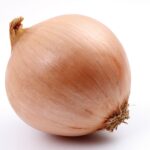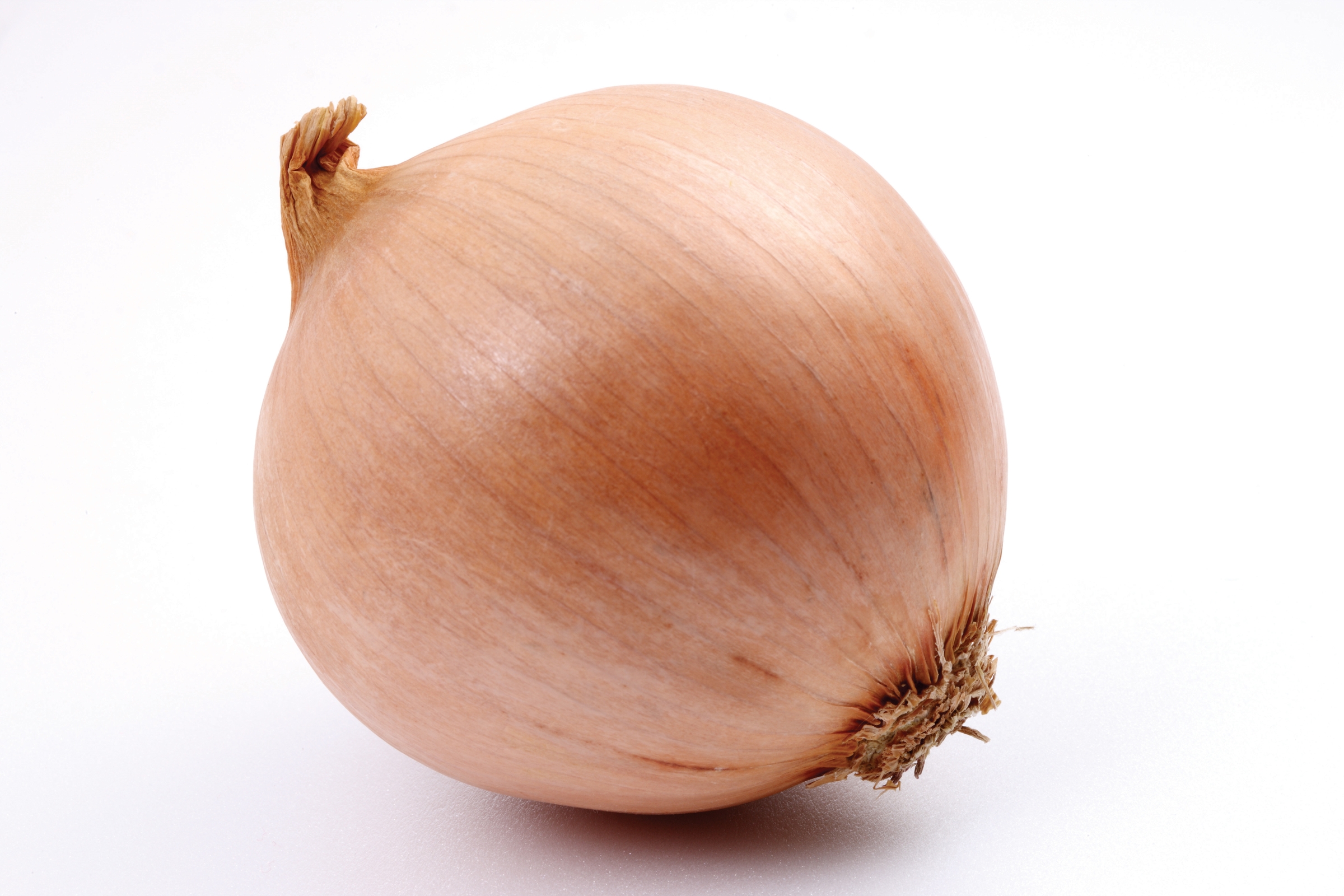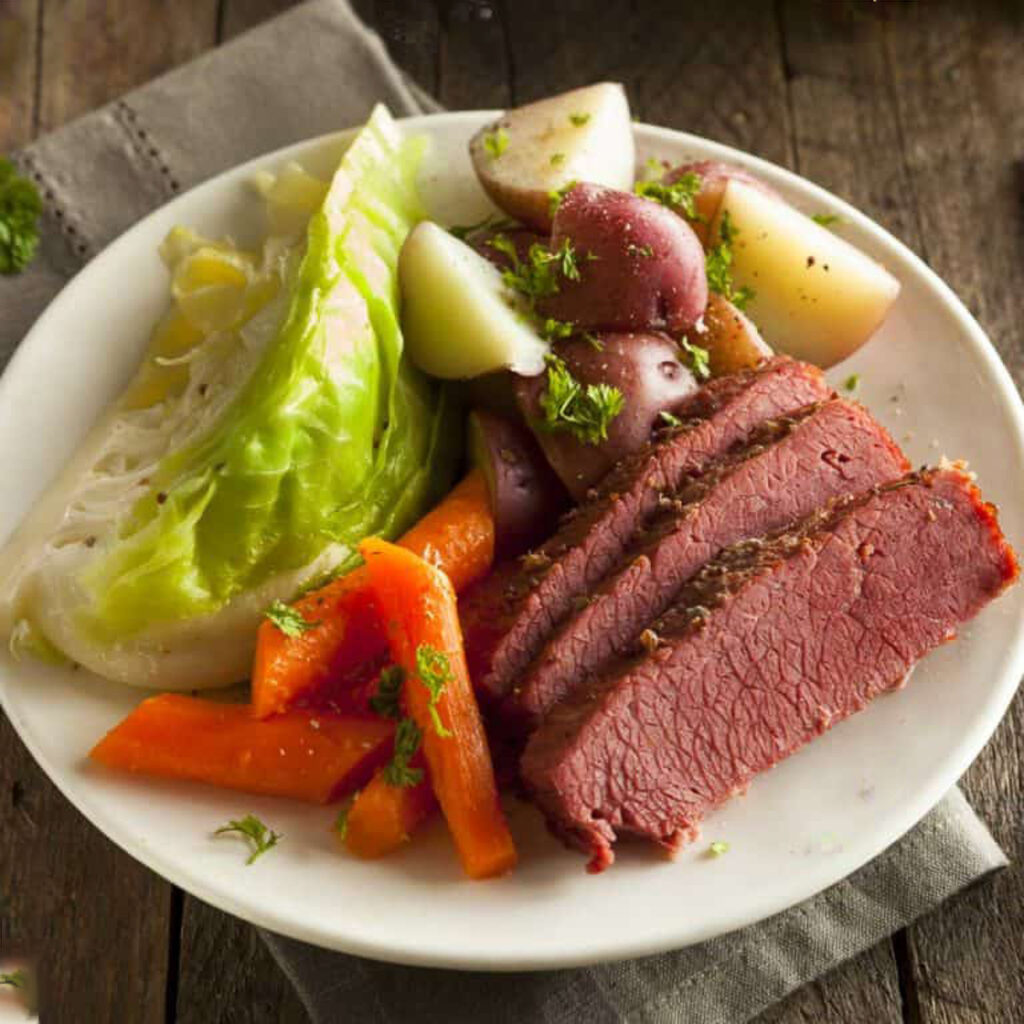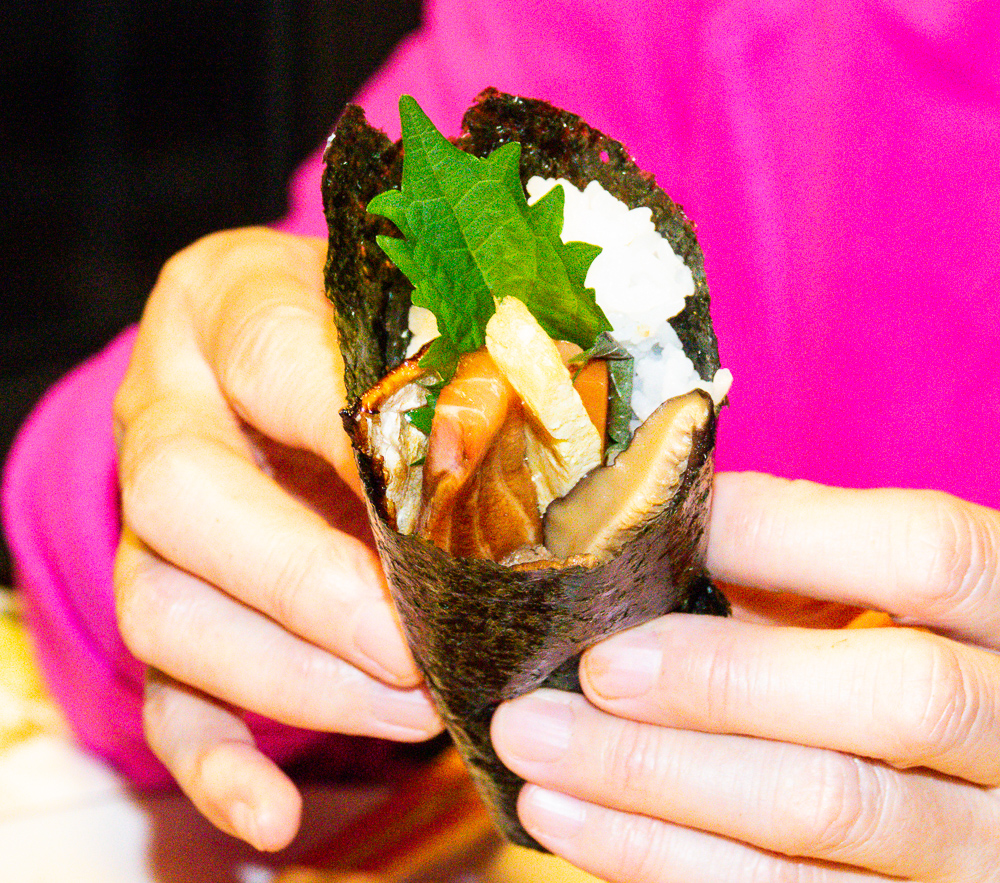
Certain recipes specify that you use a Spanish onion, but what exactly is a Spanish onion? A lot of cooks are at a loss as to what this means and reach for a red onion. But no, Spanish onions and red onions are quite distinct in both appearance and taste.
Spanish onions are characterized by their large size, pale brown skin, and sweet flavor (although they are not as sweet and mild as “sweet” onions such as Vidalia). They are not a separate species, but a variety of the common onion. It is not known where the name Spanish came from, although this onion did originate in the Mediterranean region. It was likely cultivated by the ancient Egyptians and Romans. They are usually grown in soils that contain a low level of sulfur, which is a major reason for their mild taste and smell.
Lacking a true Spanish onion, what should you use? In cooking, an ordinary yellow onion is a close sub. For raw uses it would be better to use a sweet onion such as Vidalia, Walla Walla, or Maui.
In the United States, a meal of corned beef and cabbage is closely associated with the Irish and with St. Patrick’s day in particular. I was surprised to learn that this dish was not brought over from Ireland by Irish immigrants but was developed right here.
In 19th century Ireland, cattle were valued more for dairy than for meat, and beef was very expensive, unlikely to be available to most people. Pork was much less expensive, as was mutton, and when ordinary Irish folks were lucky enough to have meat it was likely one of these.
Irish immigrants to the US often lived near Jewish neighborhoods in New York, Boston, and other cities. They would have been exposed to kosher butchers who sold corned beef at affordable prices. Pork was actually more expensive and less available than beef.
Lobster is one of those food that is considered “fancy eating” by many people, and the prices sure bear that out! But it has not always been that way. In the 18th century, lobsters were so plentiful along the Massachusetts coast that they would wash ashore in large piles. They were called “cockroach of the sea” and were considered the “poor man’s chicken.” Looked down on as low class food, lobsters were mainly used as fertilizer, bait, or fed to prisoners and indentured servants. In fact, there’s a story about prisoners rioting over being fed too lobster too often. It’s a nice story, but almost surely yet another myth (see here).
As the American rail transportation system expanded, rail companies realized they could serve lobster to passengers who were unaware of it’s lowly status. It was presented as a decadent luxury item, and creative chefs created new dishes to highlight lobster’s virtues. People liked it and began requesting lobster even away from the dining car.
This shift in perception transformed lobster from a lowly food to a luxurious delicacy. It’s amazing how perspectives can change when economic opportunities arise!
Well the color is different, duh! But what about kitchen uses? Peaches come in yellow and white varieties, and some cooks think they are equivalent when it comes to culinary uses. But nay, this is yet another kitchen myth! There are subtle but important differences between yellow and white peaches.
Yellow peaches have a distinct “peachy” flavor and a hint of tartness that nicely balances their sweetness. The flesh is relatively firm, so they hold up well when baked or canned. White peaches have a more delicate flavor, almost floral in nature, and essentially no tartness. The flesh is softer than yellow peaches and they do not do as well in pies, cobblers, and the like. They are great in jams and syrups. Both kinds are, of course, great when simply eaten out-of-hand.
On a safety note, the lack of tartness, or acidity, in white peaches, means that they cannot safely be canned using the hot water bath method but should be frozen. The acidity of yellow peaches makes them safe for hot water bath canning. Learn more about acidity and safe canning here.
You might think that saffron, with its distinct little threads, would be hard to fake. But where there is money to be made, people are always creative with some new scam! And given the price of saffron, it is wise to be careful. So you may not be surprised that you can find fake and adulterated saffron on the market. How is this done?
Corn silk! Yep, the scoundrels will dye corn silk to look like saffron and mix it with some real saffron. The threads of corn silk look like saffron to the untrained eye. Corn silk has no flavor, of course, so you are being ripped off. In the worst case there is no real saffron included, so in cooking you get no saffron taste at all!
A good way to avoid adulterated/fake saffron is to buy it from a reputable source. You can also test at home:
- Put a few threads in cold water. Genuine saffron will release a rich, golden hue gradually, without losing its vibrant red color. Fake saffron typically bleeds color rapidly and turns pale, indicating the use of artificial dyes.
- Mix a small amount of baking soda in water, then add the saffron threads. Genuine saffron will lead to a yellowish tinge due to the natural coloring agents interacting with baking soda. Fake ones may not cause any significant change or might even turn an unusual color.
You can learn more about saffron here.
Many people think that “sushi” is synonymous with raw fish. Not so – the term actually refers to the vinegared rice that is an essential part of sushi meals. This rice is made by dissolving sugar and maybe a touch of salt in rice vinegar and then tossing this liquid with the hot, just-cooked rice. This rice is used to make the rolls and other items that you typically order at a sushi restaurant.
The term sushi therefore refers to vinegared rice (called shari or sushi-meshi) served with other ingredients. These ingredients may or may not include fish; egg and vegetable are popular, and of course many kinds of sushi include seasoned dried seaweed, or nori. The fish may be raw or cooked; eel and shrimp are always cooked in my experience.
Raw fish served by itself without the rice is called sashimi. Sashimi itself is not sushi, although it is typically available at sushi restaurants.
There are several kinds of sushi, or ways of serving it. Here is a quick run-down:
- Maki sushi: Rice and fillings are rolled into a cylinder inside a sheet of seaweed (nori) and then sliced into bite-size pieces.
- Nigiri sushi: Rice is hand-formed into small oval mounds and topped with sliced fish, egg, etc.
- Te-maki sushi: Hand rolled sushi provides sheets of nori, vinegared rice, and various fillings. Each diner then “hand rolls” the seaweed into a conical shape containing the rice and fillings. It is eaten sort of like an ice cream cone (see photo below).
- Chirashi zushi: A bowl or box of vinegared rice scattered with a variety of toppings such as raw fish, vegetables, and egg.
- Oshi sushi: Rice and other ingredients are pressed into a mold and then cut into blocks or rectangles.
- Inari sushi: Vinegared rice stuffed into pockets of seasoned fried tofu.
Te-maki sushi
You hear this on a regular basis, often from Texans. The fact is that many delicious traditional (and non-traditional) chilis are made with beans and/or tomatoes. There is in fact some basis for this myth. Traditional Texas-style chili is made with meat but without beans or tomatoes, and it can be great, but that’s just one regional variant.
What about “Cincinnati” chili? I used to think it was meant as a variant on southwestern chili, and a very poor one at that. I since learned that Cincinnati chili is actually a dish invented by Greek immigrants in Cincinnati and meant as a spaghetti sauce or hot dog topping. It has some chili powder in it, but the main flavor comes from traditional Mediterranean spices such as cinnamon, nutmeg, cloves, and cinnamon. Learn more about Cincinnati Chili here.
This old saw has been around for ages, partly because meat cooked over low heat will leak liquid while meat cooked over high heat—seared—appears not to. The high heat, it is claimed, forms a waterproof skin on the meat, so the liquid stays in the meat and the meat turns out jucier. But that’s not what is happening.
When you cook meat, the collagen fibers in the flesh contract and squeeze liquid out of the meat regardless of the cooking temperature. With high heat, the liquid boils away immediately and you never see it, while at lower temperatures the liquid accumulates in the pan. The sizzle you hear over high heat is in fact the sound of that liquid rapidly boiling away.
Searing is important for another reason, specifically the Maillard reaction. When the proteins and sugars in meat are exposed to high heat, a host of chemical reactions take place, and lots of new flavor elements are created. It is these flavors, both in the browned surface of the meat and in any pan juices that result, that make seared meat taste and smell special.
Another reason for this myth may be because searing meat that will be stewed, roasted, etc. does indeed give tastier results. It has nothing to do with sealing in the juices, however. Careful experiments took identical pieces of meat and cooked them with and without searing. If searing did seal in juices, then the seared meat would lose a smaller percentage of its weight during cooking than the unseared piece and thus be heavier after cooking. In actuality, both the seared and unseared meat lost about the same amount of weight.
And some more info about cooking meat is here.


















